Electron tomography combined with state-of-the-art electrochemistry to gain better insight into the role of the different components of the active layer in a CO2 electrolyzer
Renewable energy sources can offer a solution for excessive emissions of greenhouse gases and to the expected decrease in availability of fossil fuels in the near future. Both problems would find a common solution if we were able to develop energy-efficient processes to convert (low concentrated) CO2 streams into fuels and useful chemical products, ensuring a positive economic and environmental balance.

